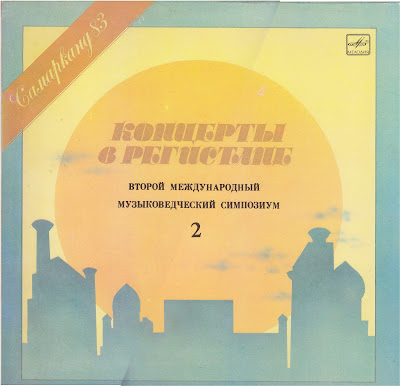CHARANGO CUZQUEÑO
JULIO BENAVENTE DIAZ
Pérou L'aventure du monde par les sons
Otros sonidos para descubrir el mundo
GREM, 1985, G1504
CHARANGO FROM CUZCO/JULIO BENAVENTE DIAZ
Peru Different sounds to discover the world
Julio Benavente Diaz was a well-known charango player from Cuzco recorded by Xavier Bellenger in Cuzco. Diaz sings as well in Quechua and is joined by guitar players Raul Borquez and Daniel Dickez and singer Isabel Vargas Diaz. If you are fan of this kind of Peruvian traditional music this album is a must with the great talent displayed by Diaz and his lovely Cuzquean style.
This LP is perhaps less known than the other one issued by Ocora Radio France and available on CD. The charango is well spread now from the center of Peru to Northern Argentina but was originally a creation by Peuvian people probably as soon as the 17th century. It's a brillant adaptation of the Spanish vihuela brought by the Spanish colonists after the conquest in 1532. The notes in the album give some information about it and the tunes.
X. Bellenger was a very good ethnomusicologist (he died in 2020) who produced several nice CDs on Peruvian musical traditions. This album is part of a series ''Musical Cultures''. The label GREM seems to have disappeared and was a very interesting one focused on extra-european cultures.


































